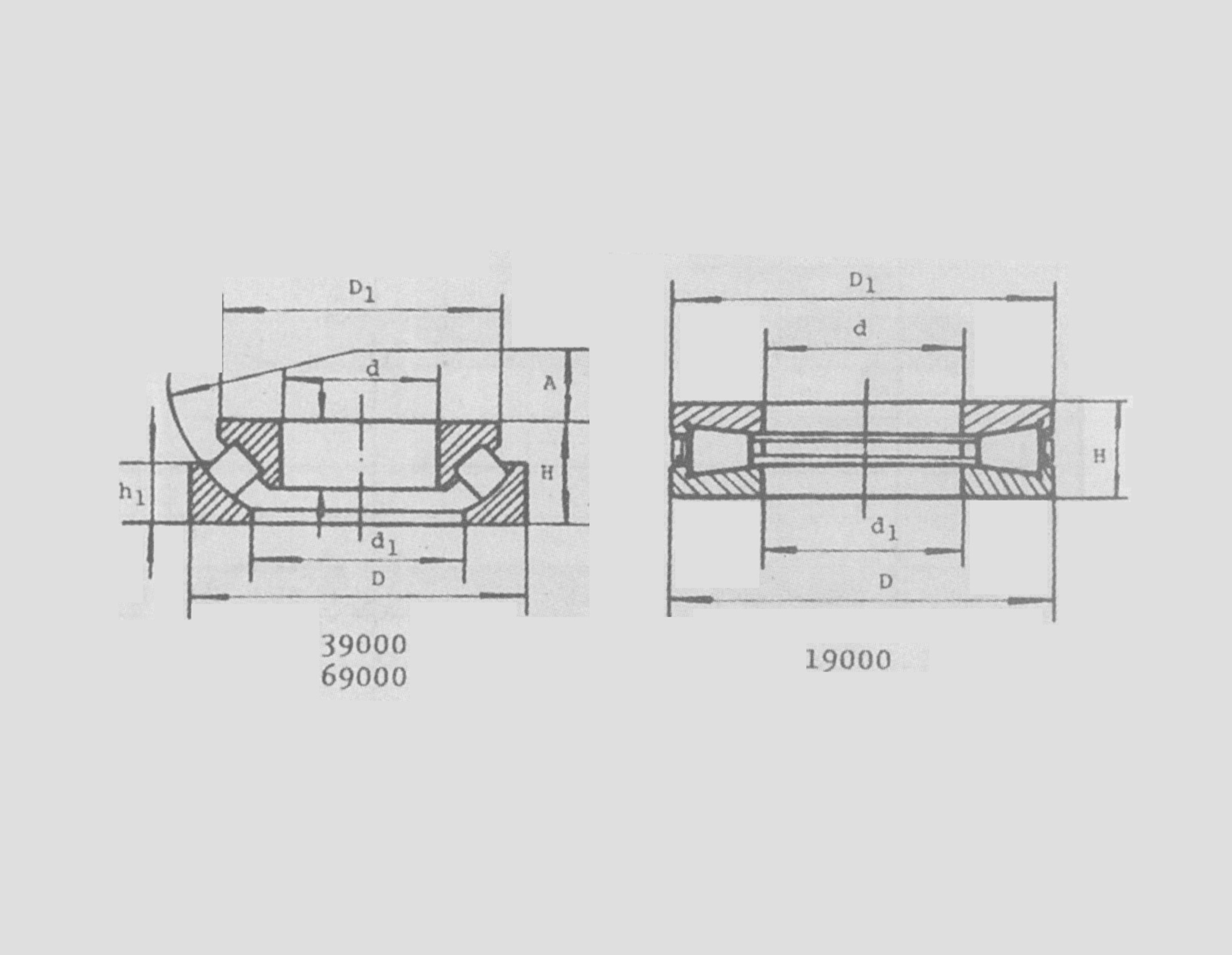
Dec . 13, 2024 06:01 Back to list
combine harvester bearings
Understanding Combine Harvester Bearings Essential Components for Efficient Harvesting
Combine harvesters are a cornerstone of modern agriculture, enabling farmers to efficiently harvest crops by combining several processes into one machine. Among the many components that make up a combine harvester, bearings play a critical role in ensuring that the machine operates smoothly and efficiently. This article delves into the importance of combine harvester bearings, their types, maintenance, and how they contribute to the overall performance of harvesting equipment.
The Role of Bearings in Combine Harvesters
Bearings are mechanical components that allow for smooth motion between moving parts. In combine harvesters, they are crucial for various applications, including the drive mechanisms, cutting heads, and grain handling systems. Bearings support the rotational and linear movements of these parts, reducing friction and wear, which can lead to machine failure if not properly maintained.
Different parts of the combine harvester require different types of bearings. Common types include ball bearings, roller bearings, and bushings. Each type is designed to handle specific loads and speeds, and the selection of the appropriate bearing is vital for the machine's performance.
Types of Bearings Used in Combine Harvesters
1. Ball Bearings These are perhaps the most common type of bearings used in combine harvesters. Ball bearings can handle both radial and axial loads and are suitable for various applications within the machine. They are often used in areas where high speeds and low friction are required.
2. Roller Bearings These bearings excel in handling heavy loads and are often found in the drive systems of combine harvesters. They have a larger contact area with the shaft, distributing the load evenly and reducing the chances of damage or wear.
3. Pillow Block Bearings Found in many combine harvester designs, pillow block bearings provide support for rotating shafts while allowing for easy adjustment and maintenance. They are typically used in conjunction with roller bearings to enhance overall performance.
combine harvester bearings

4. Bushings While not technically bearings, bushings serve as a low-cost alternative in areas where high precision is not critical. They help reduce wear and tear on shafts and can be found in various locations throughout the combine harvester.
Importance of Bearing Maintenance
To ensure the longevity and efficiency of combine harvester bearings, regular maintenance is imperative. Farmers and equipment operators should follow a routine maintenance schedule that includes inspecting bearings, checking for wear and tear, and replacing them as necessary. Proper lubrication is also crucial, as it reduces friction and heat buildup, prolonging the life of the bearings.
Seasonal maintenance practices may include cleaning the bearings, checking the alignment, and ensuring that seals are intact to prevent dirt and moisture from entering. Neglecting bearing maintenance can lead to expensive repairs and extended downtime during critical harvesting periods, ultimately affecting crop yields and profitability.
The Impact on Harvesting Efficiency
The efficiency of a combine harvester heavily relies on the optimal performance of its bearings. Well-maintained bearings ensure that the machine operates smoothly, reducing fuel consumption and increasing harvesting speed. In modern agriculture, where time is of the essence, ensuring that every component of the combine harvester functions correctly is vital to maximizing productivity.
Moreover, advancements in bearing technology have led to the development of specialized bearings designed to withstand the harsh conditions faced in agricultural settings. These innovations enhance the reliability and efficiency of harvesters, allowing farmers to perform their jobs more effectively.
Conclusion
In conclusion, combine harvester bearings are essential components that play a significant role in the overall performance and efficiency of harvesting equipment. Understanding the types of bearings used, their maintenance requirements, and their impact on harvesting operations can help farmers maximize productivity and minimize downtime. As agricultural technology continues to evolve, so too will the designs and materials used in bearings, ultimately leading to even more efficient and reliable harvesting solutions. By paying attention to these vital components, farmers can ensure that their combine harvesters operate at peak performance, helping them reap the benefits of their hard work during the harvest season.
Latest news
-
Premium Deep Groove Ball Bearings | High Speed & Reliability
NewsAug.29,2025
-
Durable Scaffolding Clamps - Secure & Reliable Tube Connectors
NewsAug.28,2025
-
Common Failures in Thrust Ball Bearings and Solutions
NewsAug.22,2025
-
How Tapered Roller Bearings Can Take Shock Loads
NewsAug.22,2025
-
Angular Bearings in High-Precision Spindles
NewsAug.22,2025
-
The Impact of Misalignment on Cylindrical Roller Bearing Performance
NewsAug.22,2025
